A Cambridge computer scientist used $100 of hardware to clone an iPhone 5c's NAND memory chip in a successful attempt at bypassing the handset's encryption lock, seemingly proving correct theories lobbed in the aftermath of Apple's encryption fight with the FBI.
As reported by the BBC, University of Cambridge professor Sergei Skorobogatov worked for four months on a NAND cloning and passcode testing rig to successfully bypass the security protocols Apple built into iPhone 5c. That same phone model was at the heart of a contentious debate between Apple and the U.S. government concerning the public's right to encryption.
Last week, Skorobogatov published his findings in a research paper and posted a proof-of-concept video of the process to YouTube. In practice, the method thwarts Apple's passcode counter, which limits the number and frequency of passcode attempts to safeguard against brute force attacks. An iPhone can also be configured to wipe its onboard data cache after a certain number of unsuccessful tries.
To circumvent Apple's protections, the professor first desoldered the handset's NAND flash chip and reverse engineered Apple's proprietary bus protocol, the latter of which is used to communicate with the A6 processor. Using an external harness connected to the A6 SoC, Skorobogatov was able to run through the maximum number of passcode entry attempts on a first NAND chip, then swap in a fresh NAND clone and try again.
"Because I can create as many clones as I want, I can repeat the process many many times until the passcode is found," he said.
A four-digit passcode took about 40 hours to crack, Skorobogatov said, adding that a six-digit code could take hundreds of hours. Apple estimated similar numbers when the FBI obtained a court order forcing Apple to access an iPhone 5c tied to last year's San Bernardino terror attack.
At the time, FBI and U.S. Justice Department experts claimed unlock methods like NAND mirroring are ineffective against Apple's built-in security protocols. To gain access to potential mission critical data, Apple would need to engineer a bespoke bypass tool, the FBI said. Security researchers theorized that NAND mirroring was a viable attack vector, but cautioned against the hardware-based hack, citing a high potential for data loss.
Apple fought the U.S. government's unlock request in a highly public court battle, saying the bypass tool would undeniably create a backdoor, thereby putting millions of iOS devices at risk. Discussion ended when the FBI commissioned technology from a third party to crack into the target iPhone.
As for Skorobogatov's NAND mirroring technique, the professor says the procedure can be applied to more recent iPhone models like the iPhone 6. Those claims are questionable, however, as the iPhone 5c was the last iPhone to go into production without Touch ID and corresponding Secure Enclave technology, both of which offer hardened protection against hacks.
 Mikey Campbell
Mikey Campbell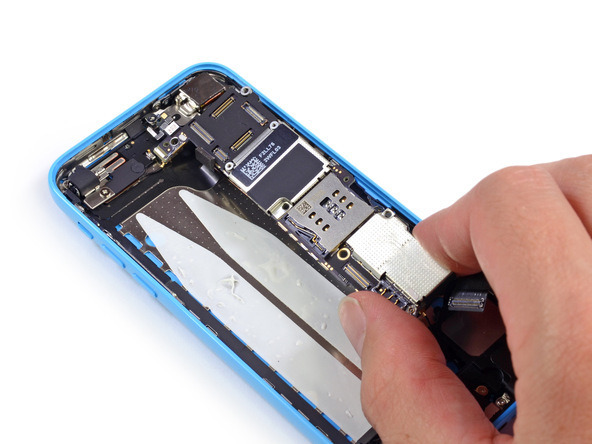

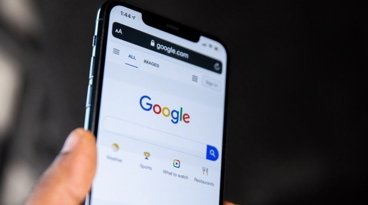



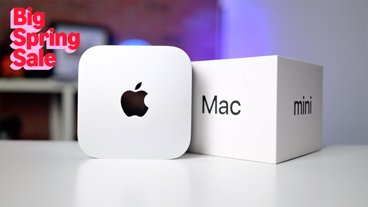
-m.jpg)






 Sponsored Content
Sponsored Content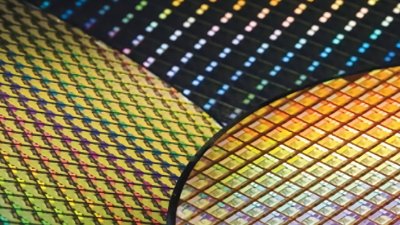
 Malcolm Owen
Malcolm Owen
 William Gallagher
William Gallagher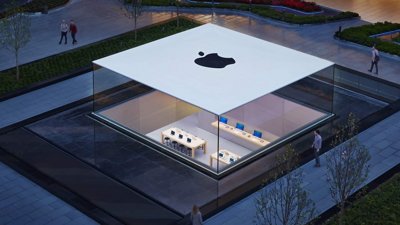
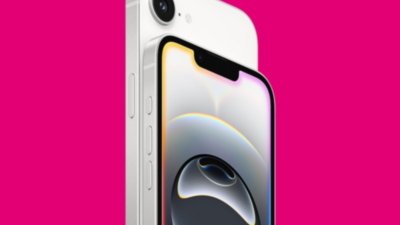
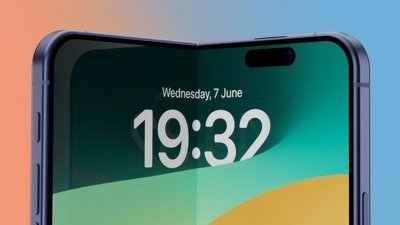
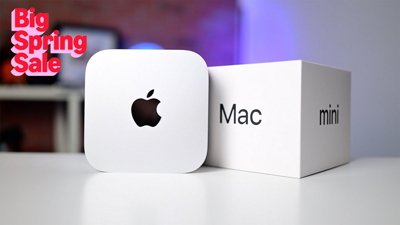
 Christine McKee
Christine McKee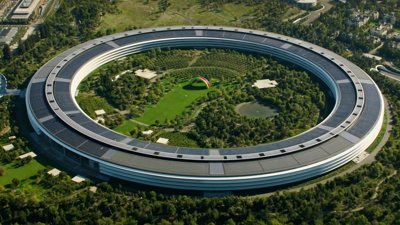
 Wesley Hilliard
Wesley Hilliard







41 Comments
Didn't we ALREADY know that. I actually knew that without even trying (because I'm a computer engineer).
That; why Apple changed it later.
It's not an easy attack though; if a person is doing that to your phone, I'm guessing you can spring for an Iphone 7...
I don't think there was any debate over whether this approach could be used to bypass the soft-counter in the 5c and 5 and earlier iPhone models. It's just time consuming and potentially not even useful since the device itself could harbour secondary encryption which would not be switched off by the operating system. (Not to forget remote-wipe facilities which may do significant harm before being able to be addressed.) As for the 5s, 6 and beyond: bypassing the counter on devices with the secure enclave is not trivial and even gaining access to the chip to read its data is likely to damage it beyond use.
I agree with foggyhill and EsquireCats. It's going to scaremonger people as well that don't understand that this type of attack can't work on those devices with a SecureEnclave.
And the typical user should be worried about this because...?